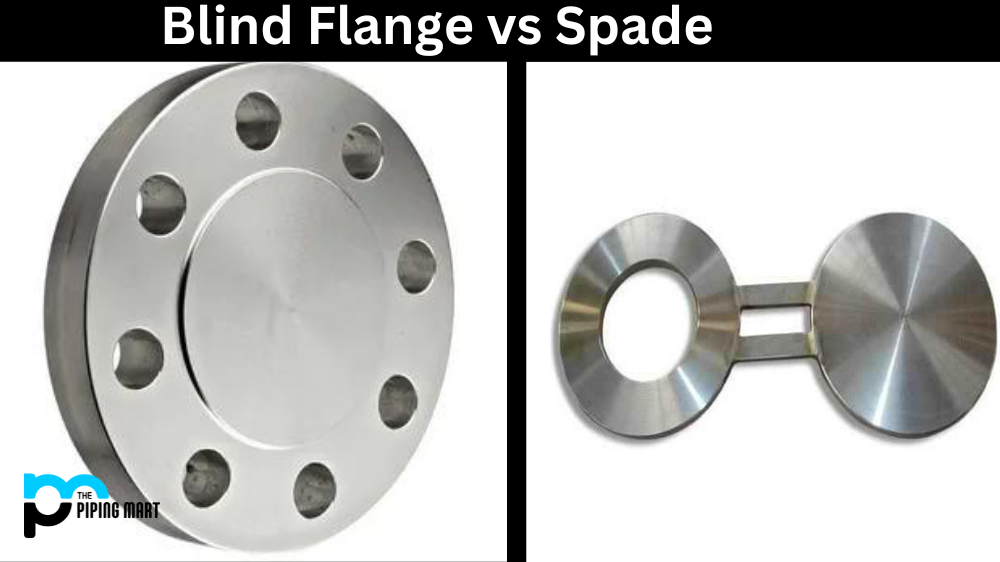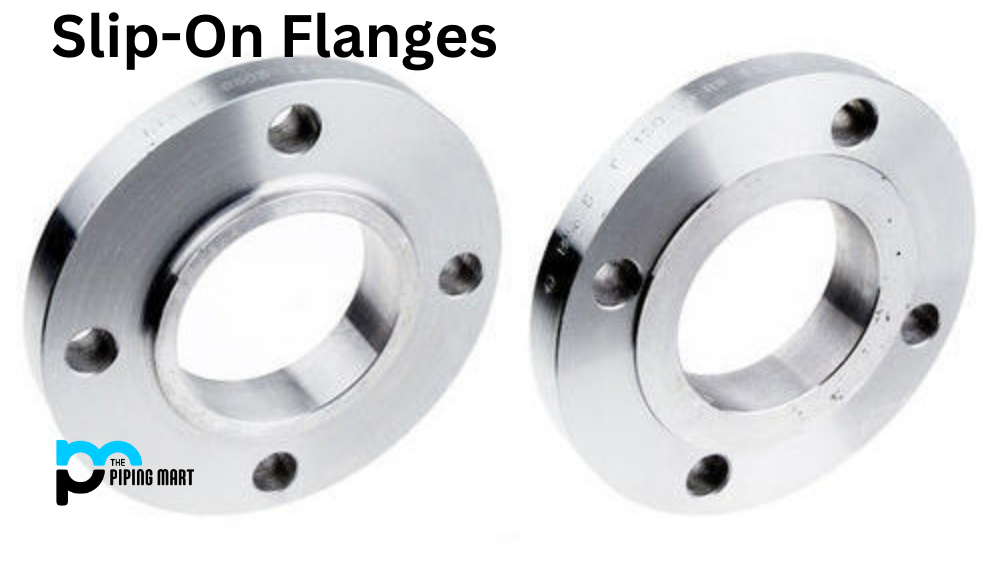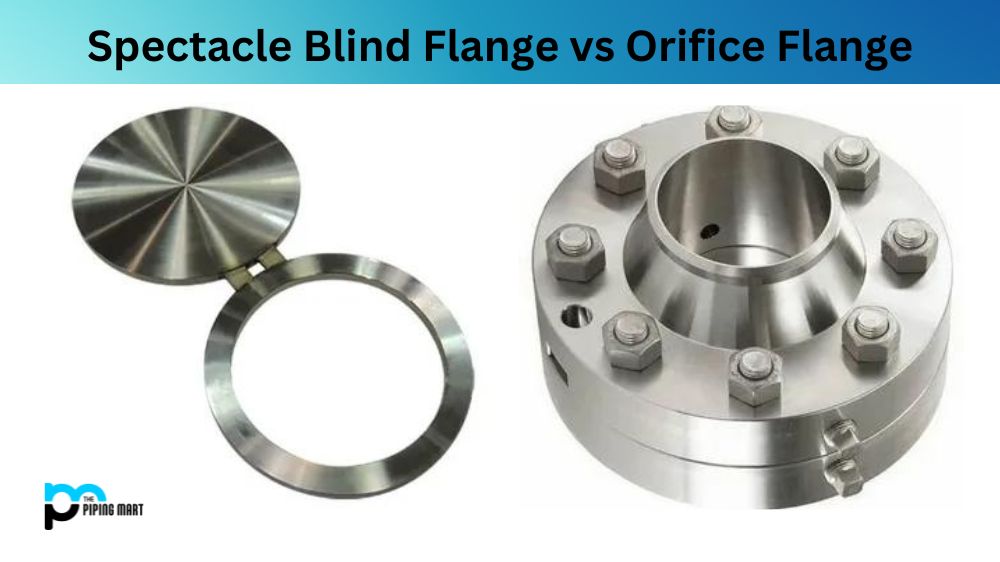In piping systems, various components play crucial roles in connecting disparate parts. Blind flanges and spades, though appearing similar, serve distinct purposes. Blind flanges are useful in sealing the end of a pipeline, ensuring closure. Conversely, spades divert or control fluid flow within a channel. This article delves into a detailed exploration of the disparities between these components, shedding light on their unique features and functionalities.
Difference Between Blind Flange and Spade
Blind flanges securely seal pipelines, preventing the escape of unwanted or hazardous materials. Primarily installed at the channel’s end or during maintenance, they are favored for their ease of installation and removal. Available in stainless steel, carbon steel, and alloy steel variants, blind flanges offer customization to meet specific application needs, making them a preferred choice among industry professionals.
Spades, situated between two flanges to regulate liquid or gas movement, play a pivotal role in redirecting fluid flow within pipelines. Varieties like paddle spades redirect fluid, spectacle blinds isolate sections by halting flow, and spacers increase flange separation. With distinct types catering to diverse needs, spades contribute to efficient fluid control in industrial piping systems.
When it comes to installation, blind flanges are relatively easy to install since they are bolted onto the pipeline. However, spades require more expertise to install since they need to be correctly positioned between the two flanges to ensure they function properly. Hiring an experienced and certified piping professional to install spades is always advisable.
Blind flanges excel in delivering a dependable and secure seal tailored to endure elevated pressure and temperature conditions. Ideal for applications demanding heightened safety and reliability, they find prominence in critical settings. In contrast, spades are deployed where fluid flow control or redirection is imperative, showcasing versatility in applications that necessitate precise fluid management within the pipeline.
Finally, it’s worth noting that although blind flanges and spades may have similar characteristics and applications, they serve very different purposes. Blind flanges are used to seal off pipelines, while spades are used to control or redirect the flow of fluid in channels.
- A blind flange is a solid disk used to block off a pipeline or to create a stop.
- A spade is similar to a blind flange but has an opening allowing a pipeline to be attached.
- Blind flanges are typically used when it is necessary to completely block off a pipeline.
- Spades are typically used when it is necessary to attach a new pipeline or to repair an existing one.
- Blind flanges are available in various materials, including carbon steel, stainless steel, and aluminium.
- Spades are also available in various materials but are most commonly made from carbon steel.
- Blind flanges are typically more expensive than spades due to their solid construction.
- Spades are typically less expensive than blind flanges because they have an opening that allows for the attachment of a new pipeline.
Conclusion
The distinction between blind flanges and spades holds paramount importance. Blind flanges seal pipelines, while spades govern fluid flow. They are not interchangeable, underlining the need to comprehend their unique roles for precise applications. For assistance in choosing the right component for your pipeline system, consulting a certified piping professional is prudent, ensuring expert advice and tailored guidance for optimal decision-making.

Abhishek is a seasoned blogger and industry expert, sharing his insights and knowledge on various topics. With his research, Abhishek offers valuable insights and tips for professionals and enthusiasts. Follow him for expert advice on the latest trends and developments in the metal industry.




